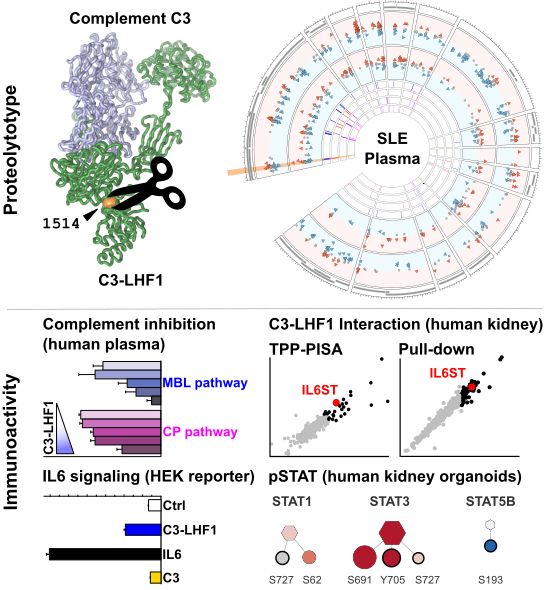
@kabalak.bsky.social
58 followers
68 following
15 posts
A proteomics adventurer on the multiple social media road(s). Interested in proteolysis research, likes human plasma
Posts
Media
Videos
Starter Packs
Reposted
Reposted
Reposted
Reposted
kabalak.bsky.social
@kabalak.bsky.social
· Nov 22
Reposted
























